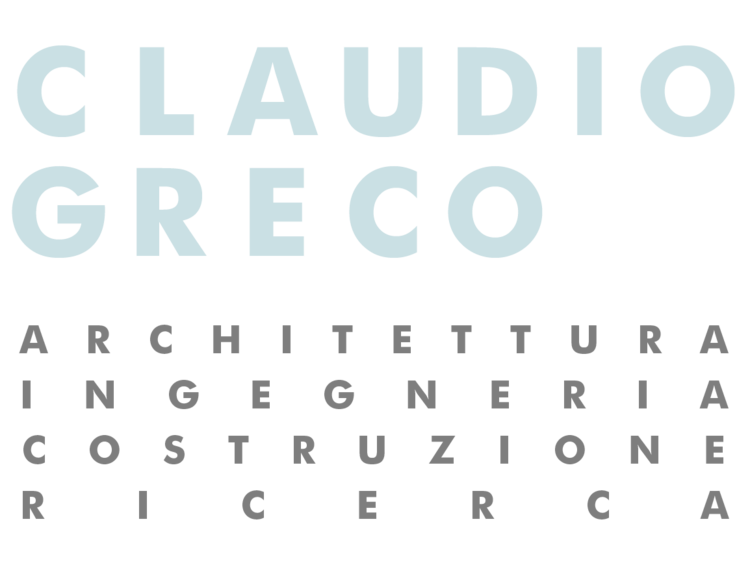APPLICAZIONI DI ARCHITETTURA EVENTUALISTA
Autore: C.Greco, C.Santoro
Rivista: Psicologia dell'arte (Nuova serie, anno 26), n.16 - pp.61/72
Pubblicazione: Dicembre, 2005
A branch of the eventualist research in the architectural field is represented by experimentations on “stochastic architectural composition” procedures. These experiments investigate new concepts developed by the eventualist aesthetics, such as: the definition of a work of art as an “event”, and the distinction between “satured” and “not satured” stimulus. The design procedures use stochastic equations, constrained within specific boundary conditions, in order to restrict the architect’s subjective choices, necessarily related to his personal life experience. Therefore each user will elaborate an interpretation of the stimulus, solely based upon his own life experience. The conversion of research results into real architectural objects implies a compromise solution between “satured” and “not satured” stimuli, in accordance with the client’s demands and with local constraints. This allow the project to be built, and makes easier the users’ interaction with it.

